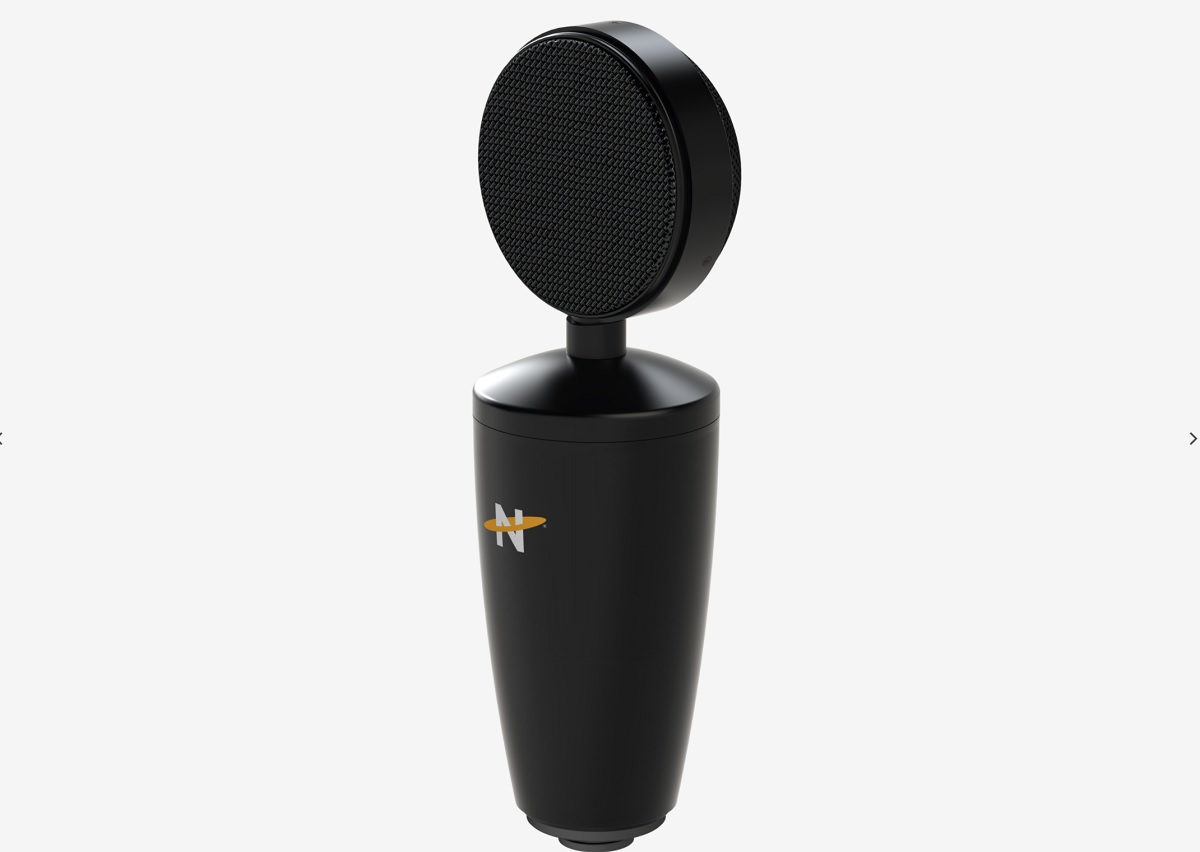Neat Microphones is unveiling its King Bee II analog XLR microphone for gamers and streamers who need the best-quality gear for livestreaming or other computer communications tasks.
The product is likely to reach a much wider audience than Neat Microphones specialty products have reached in the past, as big peripheral maker Turtle Beach acquired Neat Microphones back in January. Turtle Beach is one of the biggest makers of headphones and other accessories, and this is a bit like taking a craft beer into all of the nation’s supermarkets.

Unlock premium content and VIP community perks with GB M A X!
Join now to enjoy our free and premium membership perks.
![]()

![]()